RAF Typhoon jets intercept Russian bombers flying north of Scotland
)
The Typhoons launched from RAF Lossiemouth, one of the RAF’s two Quick Reaction Alert stations, where RAF fighters are constantly available to respond to threats at a moment’s notice
Royal Air Force (RAF) pilots launched Quick Reaction Alert (QRA) Typhoon fighters to intercept two Russian long-range maritime patrol bombers this morning as they transited north of the Shetland Islands within NATO’s northern air policing area.
The Typhoon jets launched from RAF Lossiemouth, one of the RAF’s two QRA stations, where RAF fighters are constantly available to respond to threats at a moment’s notice in order to defend UK airspace.
The Russian Tu-142 Bear-F and Tu-142 Bear-J maritime patrol aircraft, used for reconnaissance and anti-submarine warfare, were monitored by RAF Typhoons in international airspace as they passed north of the UK.
Minister for the Armed Forces, James Heappey, said:"RAF crews at Lossiemouth maintain a constant watch over UK airspace and are always ready to take action at a moment’s notice to keep our country safe."
Pilots launched in their Typhoon jets to intercept two Russian long-range bombers this morning, monitoring them as they passed north of the Shetland Islands, ready to counter any potential threat to UK territory."
A Voyager tanker was also scrambled and remained airborne for the duration of the mission to offer air-to-air refueling, ensuring the Typhoons could remain in the air for the extended period necessary to complete their mission.
The lead RAF Typhoon pilot said:"It’s really satisfying to know we’ve been able to make a successful intercept, maintaining the integrity of UK and NATO airspace."
When the alarm for a scramble happened in the early hours of the morning, the adrenaline kicked in. Working in tandem with ground control operators, and with air-to-air refueling from an RAF Voyager, we were able to stay on task until the mission was complete, and the target aircraft departed the UK’s area of interest."
RAF Typhoons are scrambled during these incidents to secure and safeguard the skies of the UK. RAF pilots from Lossiemouth recently completed a four-month deployment to lead NATO’s air policing mission in Estonia, where more than 50 air intercepts of this kind were carried out.
Russian military aircraft entering the UK Flight Information Region, the UK’s controlled zone of international airspace, can pose a hazard to other aircraft. These Russian aircraft often do not talk to air traffic control or ‘squawk’, broadcasting a code ensuring they are visible to other air users and air traffic controllers on the ground.
The Typhoons and Voyager have returned to their base and the aircraft have been refueled to remain ready to respond to any future potential threats.
